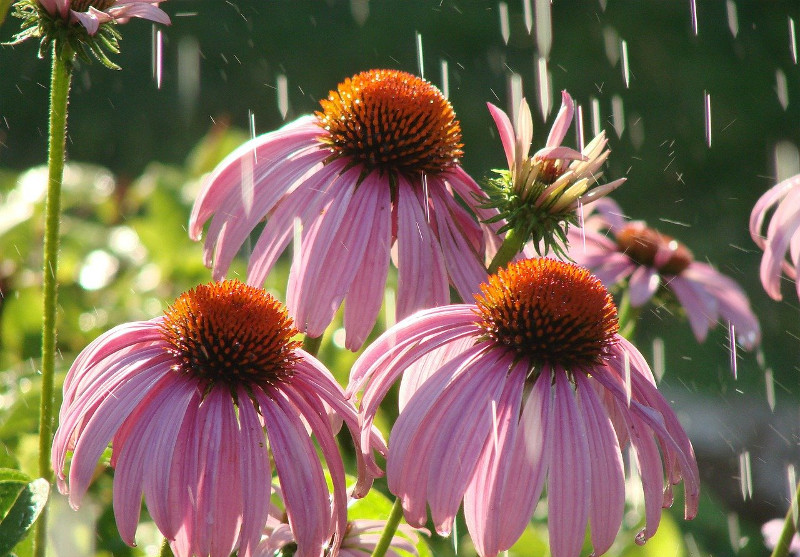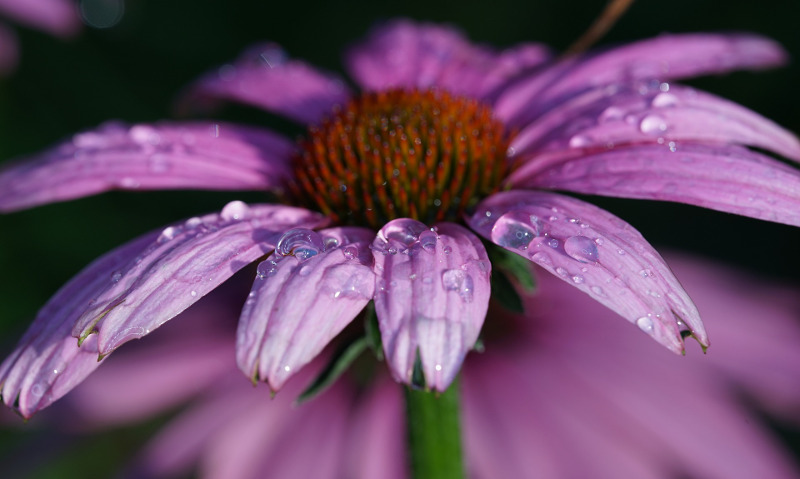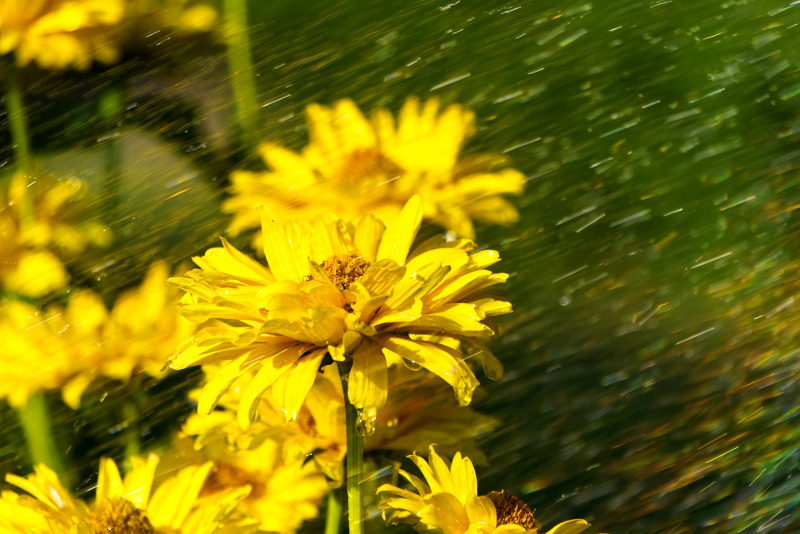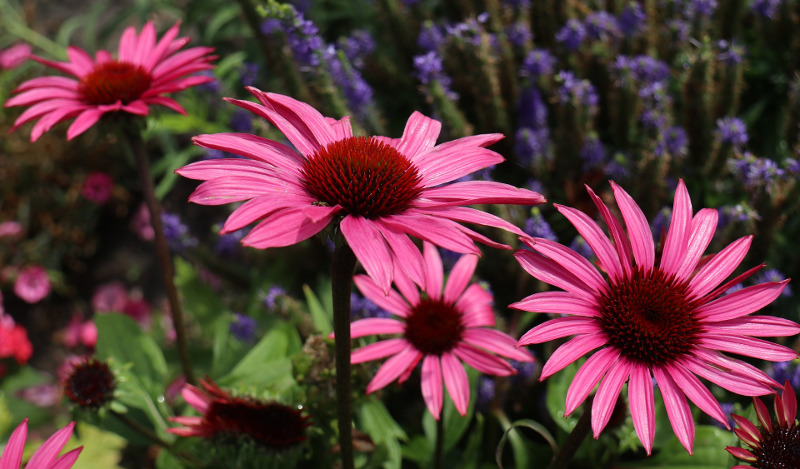Native to many parts of North America and known to be drought resistant, coneflowers (echinacea) are hardy plants with a large root system once they are fully established. That fact might be a big part of why you have them planted! However, if they are overwatered or underwatered, you will miss the opportunity of watching them become a beautiful and colorful mainstay in the landscape.
Coneflowers do best with dry-to-medium levels of soil moisture and are very drought tolerant. But they can dry out or get too much water. It’s important to understand the moisture needs of your coneflowers in order to see them thrive in your garden.

Read on to get more information about how to ensure the survival of your coneflower plants with proper watering techniques, including how to tell when your plants need water, how often to water them and some easy watering tips.
How To Tell If Your Coneflower Plant Needs Watered
Coneflowers are most likely to require additional watering in their first season after planting, so pay close attention after you plant it. If you see leaves wilting or drooping, dry or cracked soil, or dry leaves that turn yellow, you should water your plant right away. If you see any of the characteristics just mentioned, be sure to give your plant a good watering, and then pay close attention to it for the next few weeks to be sure it is getting the moisture that it needs.
Can You Water Coneflowers Too Much?
Yes! It’s true that you can water coneflowers too much. Coneflowers do not like to “have their feet wet” and do not fare well in soggy soils. That’s why it’s important that you don’t overwater your plant or have it planted in a place in your garden that can have standing water or constantly wet soil at any time in the year.

How Often To Water Coneflowers
Coneflowers need the most amount of water in their first season after being planted. In the initial growing season, water whenever the first inch of soil feels dry to the touch. This might be once every two days or once a month, depending on the amount of rainfall, sunshine and heat you experience. Be sure to let the soil dry completely between watering. Coneflowers don’t like soggy soil.
Once your coneflower becomes well established, you might not ever have to water it again! Their drought-resistance and relative low-maintenance are great reasons to have them planted in your landscape. However, if you live in a region with hot, dry summers, you might need to give the plant a good drink every 1-2 months, depending on your soil and weather conditions.
If you ever see droopy or dry leaves on your plant, grab the watering can and give it a good drink. It will likely perk right back up and thrive without additional watering for another 1-2 months without rain or irrigation.

Best Time to Water Coneflowers
Morning and evening are both ideal times to water your coneflowers because the soil will be allowed to soak in a lot of the moisture without losing it to the heat of the sun. However, if you live in a region that is often humid and wet, opt for early morning watering. This will help you avoid the growth of mold, fungus or pests that like moist conditions that can develop at night.
If your plant is appearing stressed due to lack of water (droopy, dry or wilting), don’t wait! Water the plant immediately. Once you’ve gotten some moisture in the soil, you can return to watering in the morning.
When to Water Coneflowers in Winter
Water your coneflowers if you experience meteorological drought in the winter, or have an abnormally long dry period with little to no precipitation. Giving your plants a little extra water in the winter can help them continue their root growth and set them up for a healthy growing season. Water only when air and soil temperatures are above 40°F and when there is no snow cover.
When to Water Coneflowers in Summer
Coneflowers should be watered in the morning or evening in the summer, or on days when there is good cloud cover. Avoid watering in the heat of the day to limit water loss due to evaporation.

How to Water Coneflowers
Step 1 – Check the soil to determine if plant needs to be watered.
Coneflowers don’t like extra water, so you need to be sure that your plant needs watering before continuing to the next step. Test the top inch of soil around your plant with your finger. If the soil is dry to the touch, it’s time to water. If the soil is still moist, don’t water.
Step 2 – Water the soil at the base of the plant
Soak the soil at the base of the plant with a hose, watering can or irrigation system. Your goal is to get at least the top 6 inches of soil wet. If you have dry or compact soil, you may need to water slowly or in bursts in order to allow the water to soak completely into the soil and avoid run off.
Step 3 – Allow the soil to dry out completely between watering.
Do not water your plant if the soil is still wet.
Coneflower Watering Tips
- Provide additional moisture for new plants.
- Established plants only need to be watered during prolonged dry spells.
- Do not overwater coneflowers. Allow the soil to dry out between watering.
- Watering in the morning is best in the summertime.
 |
Emily Reeves - Published 12-04-2020 |
